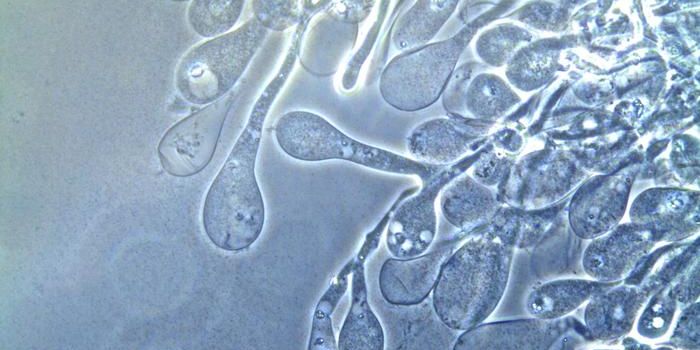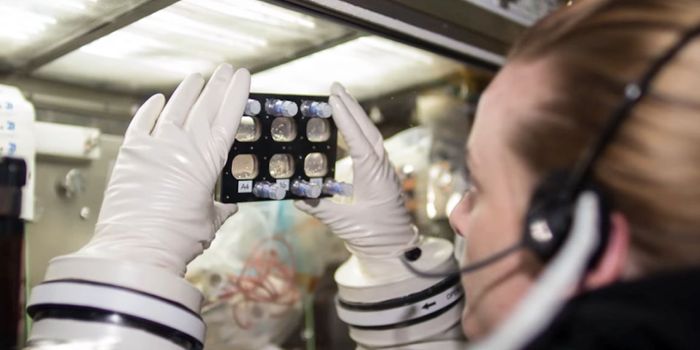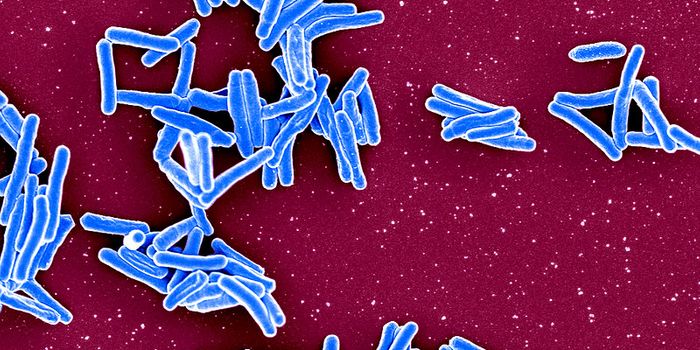Sequence the Kraken! The Genome of the Giant Squid is Revealed
Giant squid, which can weigh over 900 kilograms and grow to thirteen meters, are the stuff of legend. Stories of the Kraken date back about a thousand years; Scandinavian folklore described them as sea monsters that attack ships. Scientists wanted to know whether they actually existed, but they live deep underwater and were hard to come by. In 2006, a giant squid was captured on video, and in 2012, one was observed in its natural environment for the first time. Now researchers have sequenced its genome. The work has been reported in GigaScience.
"These new results may unlock several pending evolutionary questions regarding this mantled species," said the leader of the work, Associate Professor Rute da Fonseca of the Center for Macroecology, Evolution, and Climate (CMEC) at the Globe Institute of the University of Copenhagen.
It has been tough to gather samples from this organism. Over the years, only a few have been collected from the remains of squid around the world. A previous analysis of the mitochondrial DNA in those specimens showed that all giant squid are the same species. "However, our initial genetic analysis generated more questions than it answered," noted Professor Tom Gilbert of the GLOBE Institute, who worked on that mitochondrial DNA study.
The current research was hindered by the state of the samples that were collected. Because they came from decomposing animals, they were preserved with chemicals, and there were high levels of polysaccharides and ammonia. All of those compounds pose problems for genetic sequencing techniques.
"This project reminds us that there are a lot of species out there that require individually optimized laboratory and bioinformatics procedures. An effort that is sometimes underestimated when designing single-pipeline approaches in large genome-sequencing consortia," noted Rute da Fonseca, who headed the project while working as an Assistant Professor at the Department of Biology in the University of Copenhagen.
The scientists overcame those hurdles with a tissue sample that had been frozen after it was collected by a fishing boat off New Zealand. This provided the material they needed to sequence the genome.
The genetic data the researchers obtained can now help us learn more about the evolution of cephalopods, without having to dive to depths of 1200 meters to observe or capture them.
Sources: AAAS/Eurekalert! via University of Copenhagen The Faculty of Health and Medical Sciences, GigaScience









